Dragonfly Detour
By Tara McIntire
Over the course of this past year, our lives changed forever For me, this has translated into a “world exposed” as I discovered the natural wonders of tiny spiders and pollinators, during endless hours in my garden during the early months of our shelter-in-place. I liken it to a forced road detour, along which you find a new bakery, coffee shop, or potential birding site (maybe even a rare bird!) you would not have discovered otherwise.
Rising at dark o’clock to drive endless miles to a birding hotspot had ceased. Long virtual work weeks left me exhausted and sleep became the new weekend priority. As the health restrictions eased, I finally ventured beyond the safe confines of my fenced yard, though a bit later in the day than before the pandemic. My favorite bird sites were too crowded with people for my comfort level, so I sought out locations where I could be alone, immersed in nature, and focused on birding.
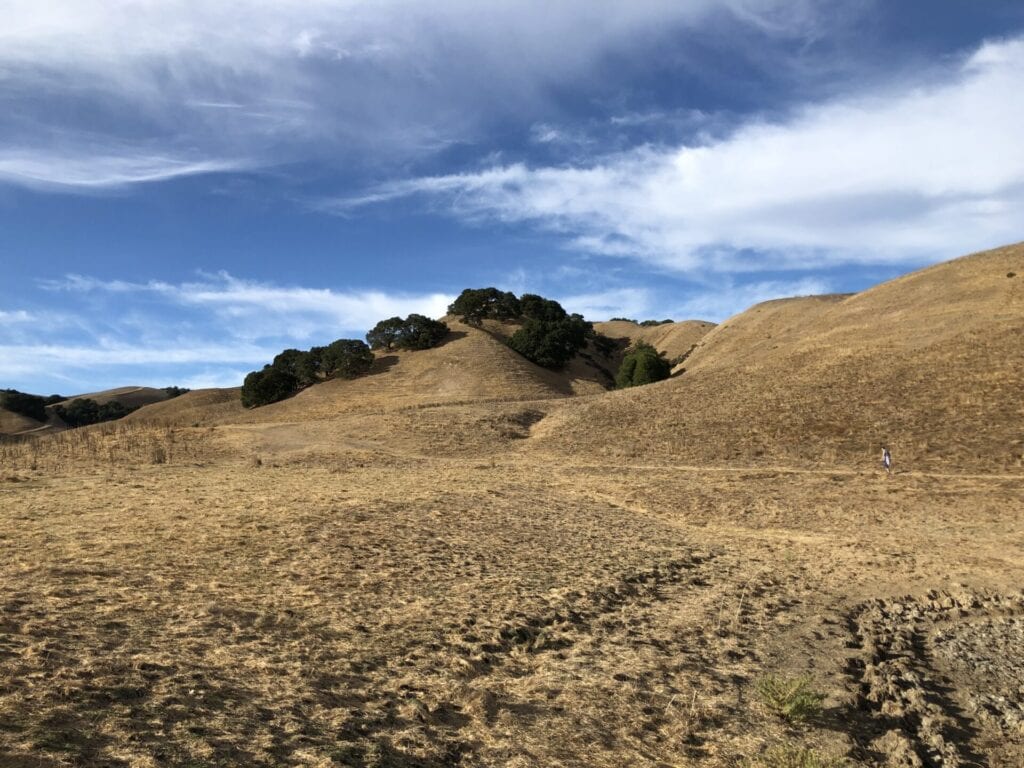
On one particular excursion, I was trying to find seemingly non-existent birds, when something caught my eye (and ears). “Zooooooooooom!” I looked around, wondering if it were a hummingbird, but instead spotted a little blur whizzing about the meadow. It was a dragonfly!
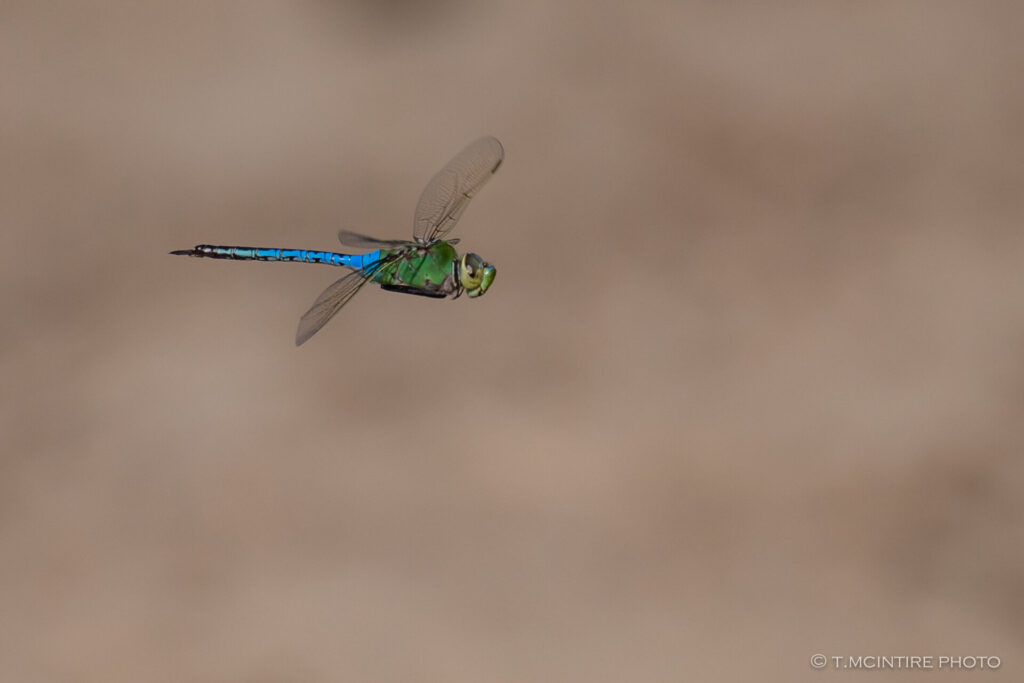
I am endlessly curious, so it’s not as if I hadn’t ever noticed them. I’ve been absolutely mesmerized by dragonflies since my childhood, which is evident in my photographs taken over the years. Unfortunately, I’d been reserving space in my brain to store 10,000 species of birds! Surely, there was no room for these magnificent creatures; thus I had allowed time for appreciation and no more.
It wasn’t just the pandemic that caused me to take a longer look at dragonflies. Other sparks of connection and bits of information influenced my explorations into yet another new world. As I soon discovered, there was indeed room in the noggin for more!
After that first “zoooooooom” in early summer, I paid closer attention to these winged wonders and once again refocused my camera lens. Immediately I noted that dragonflies were ]everywhere! I found them teeming at ponds and riparian areas, high on dry ridge tops, and even in my urban backyard.
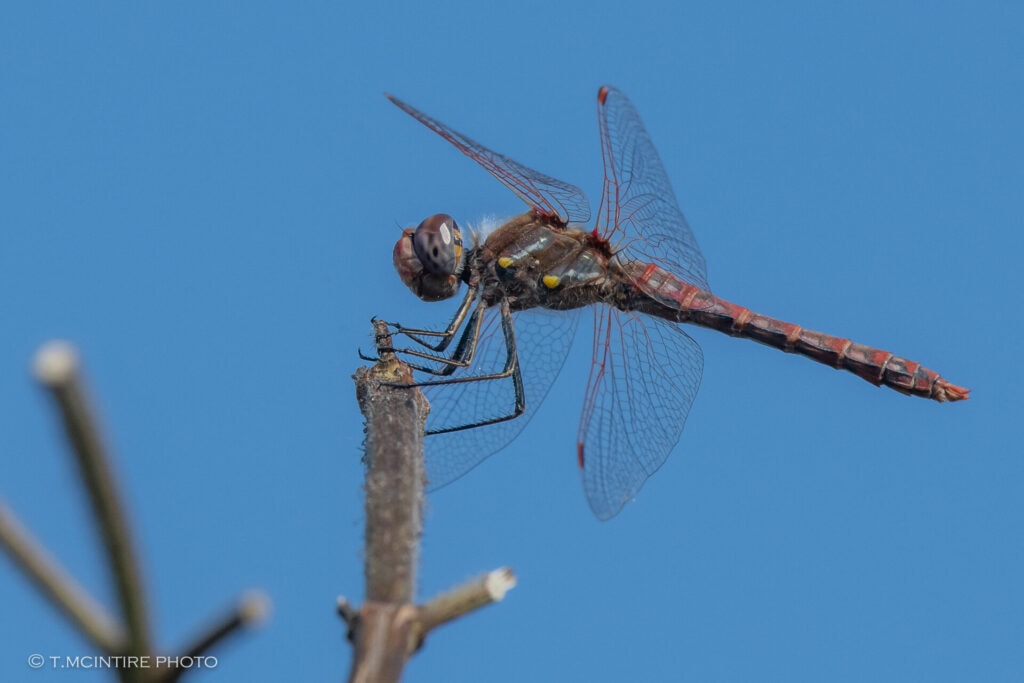
Like birds, they were different colors, sizes, and shapes. Their behaviors varied as well. Some landed to rest on vegetation, while others never left the air. They reminded me of the fast and fiercely territorial hummingbirds, racing through the air at Mach speed only to screech to a halt in front of my face, giving me the “once over” before zipping off in the opposite direction.
These avian similarities piqued my curiosity even more and I soon formulated a long list of questions. Instead of spending more screen time Googling, I reached out to an interpretive naturalist friend who happily agreed to take me under her wing to teach the basics of the taxonomic family, Odonata (dragonflies and damselflies).
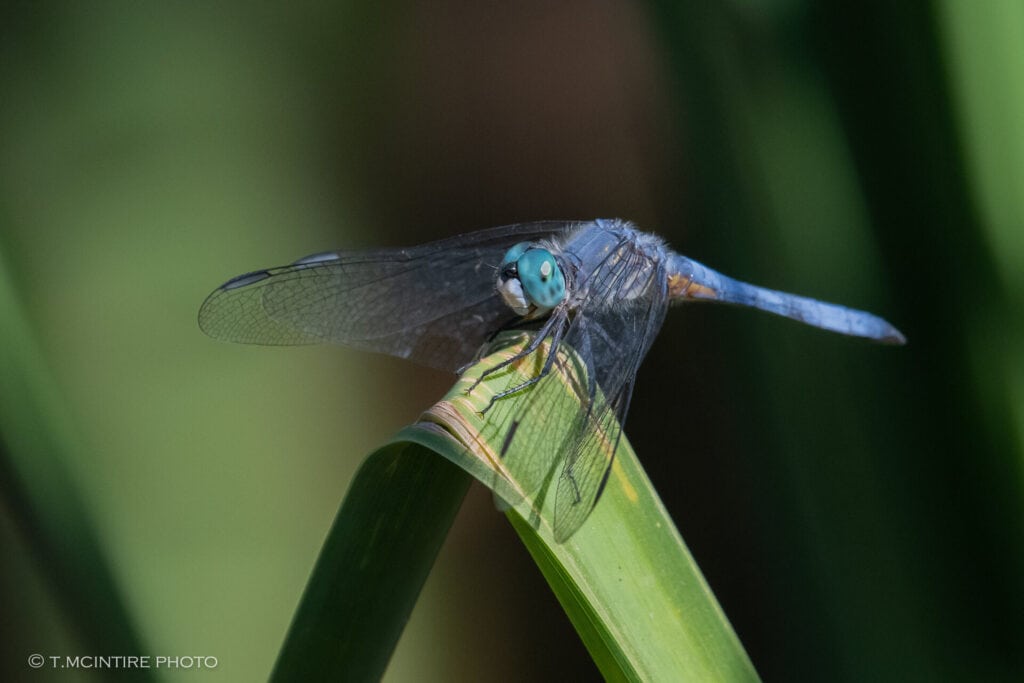
I learned first that the best time of day to look for dragonflies is after noon when the temperatures rise. (Perfect for hitting snooze and sleeping in.) This realization also meant that I now had another excellent reason for not returning home to my long list of chores. (As my friend reminds me, “Those will always be there.”) Plus, there is no better time than the late afternoon for “golden hour” photography. Win-win-WIN!
Dragonflies are amazing aerial hunters, capturing prey mid-air with their feet, much like Peregrine Falcons and Merlins. Ironically, the latter find dragonflies a delectable food source. Unlike these raptors, dragonflies waste no time finding a suitable perch to feast; they instead devour their captured prey in flight!

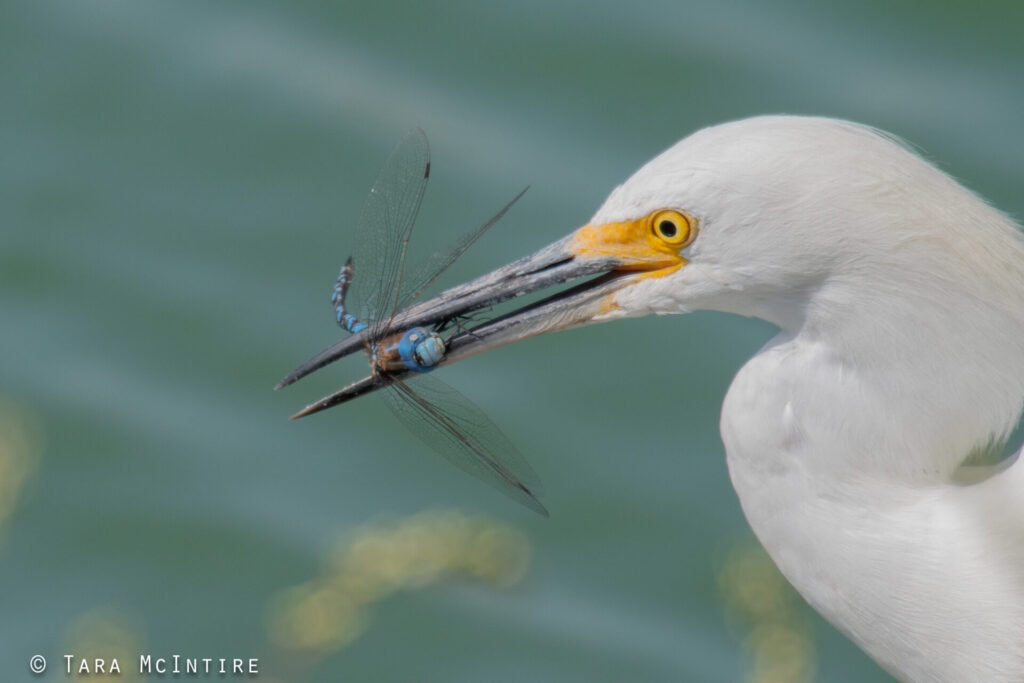
Though their aerial dining talents are extraordinary, they raise the bar one more notch: Dragonflies can mate in the air! It’s rather complex with many variables across genus and species. Generally, the male and female fly attached in tandem as sperm is transferred to fertilize eggs, which are then deposited into the water to begin the underwater portion of their life cycle.
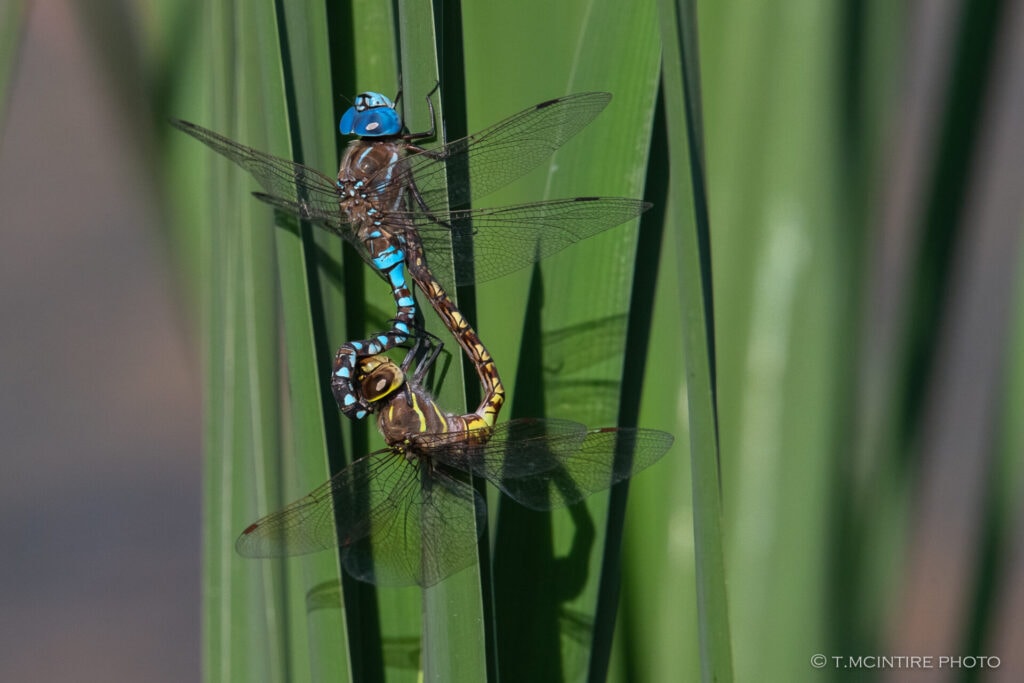
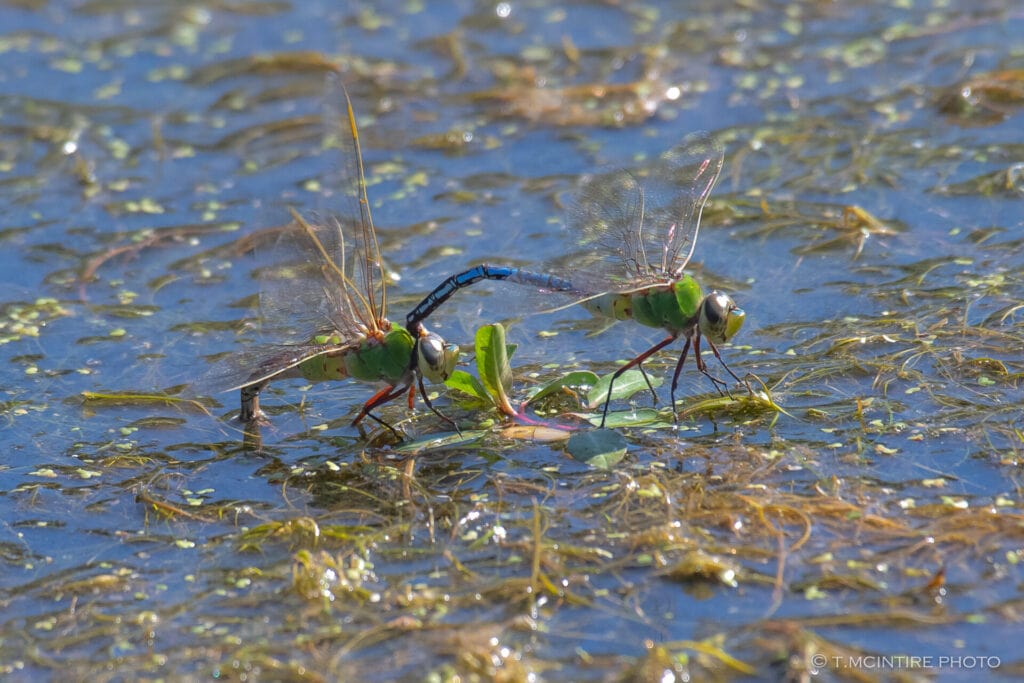
Then there are those EYES! One would be hard-pressed not to notice their beautiful, intriguing, and enormous eyes that provide nearly 360 degrees of vision. They literally can see you coming and going. Coupled with their aerial acuity, it’s not surprising to learn that some research studies have documented their hunting success rate at almost 95%!
(While we’re talking about vision, a note to photographers: A long lens is desirable. I typically use a 200-500mm or 300mm with a 1.4x teleconverter. These lenses allow close shots without disturbing these watchful invertebrates.)
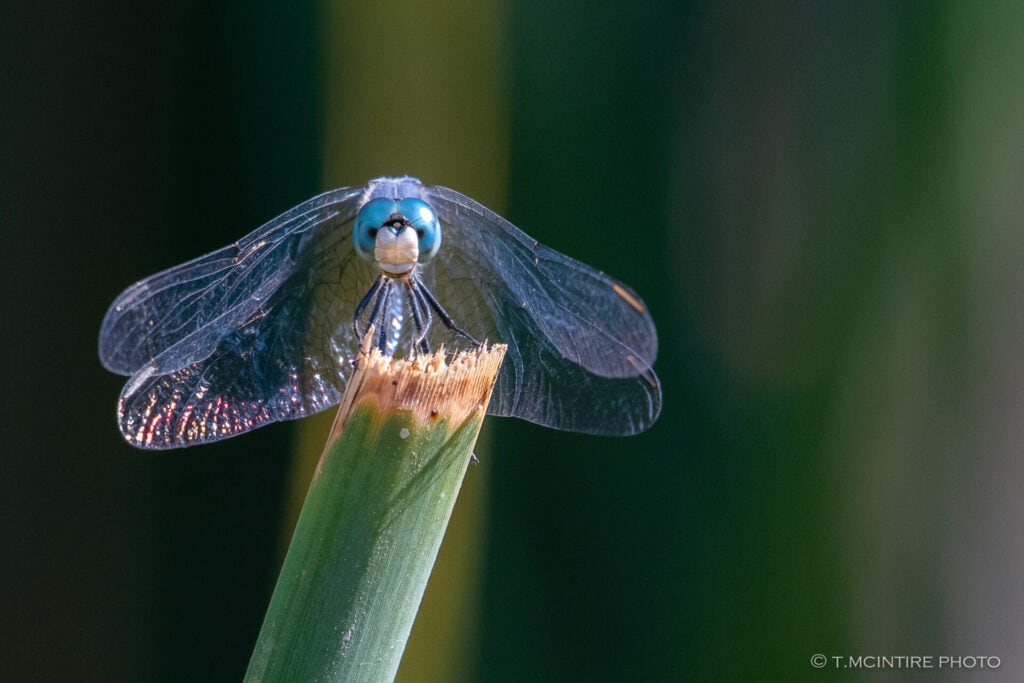
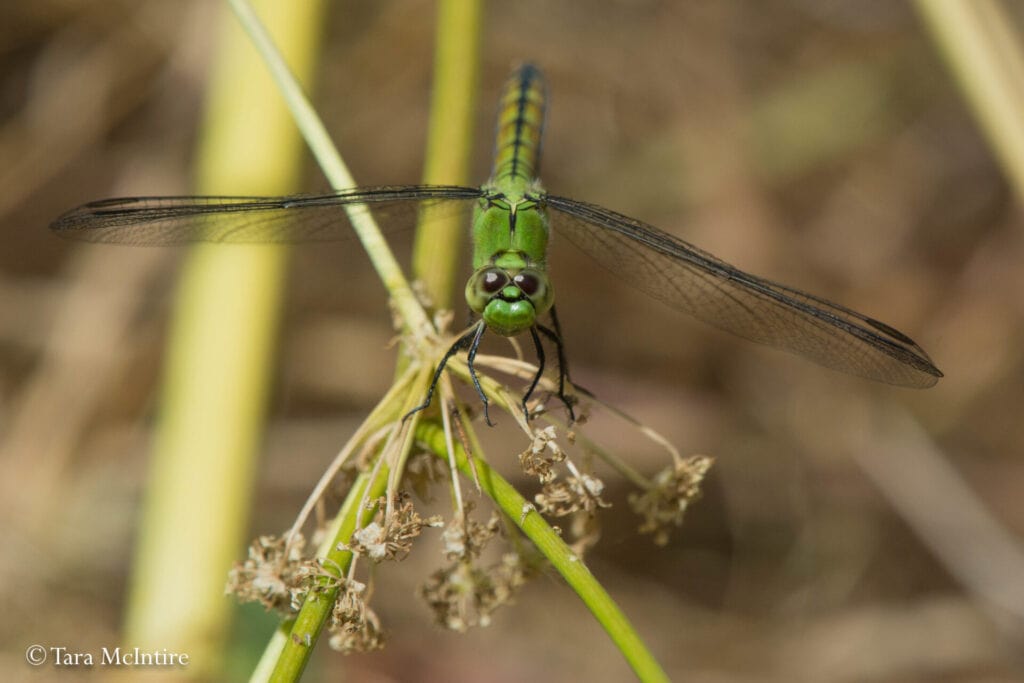
During one outing, I recalled a conversation with Allen Fish from the Golden Gate Raptor Observatory, who shared that dragonflies also migrate. GGRO has been counting migrating dragonflies for many years. Observations from Hawk Hill noted that they seemingly follow the same migratory pathways through the Bay Area as raptors. Not only do they migrate, but different species migrate at various times and distances. I witnessed this myself as summer faded into fall, and species I had seen in June and July were replaced by new species in September and October. By November, the skies were nearly empty. Researchers are working on tracking dragonfly migrations, which are still much of a mystery. One documented species (Globe skimmer, or Pantala flavescens) was found to migrate over 4,000 miles across the Indian Ocean! And we thought hummingbirds flying 500 miles across the Gulf of Mexico without stopping was incredible.
With all of these fascinating, fun facts fueling my desire to know more, I was still daunted by learning the names and habits of these winged sentinels of the sky. There are roughly 460 species of Odonata in North America, with just over 28 found here in the Bay Area. Even adding this small number to our 1,125 North American birds felt overwhelming. I mulled over whether trying to stuff in one more bit of knowledge was worth the risk of my head exploding.
There were dashers and dancers, spreadwings and forktails, bluets and darners, skimmers and clubtails. (Reminds me of a certain holiday tune.) Not to mention meadowhawks, pondhawks, cruisers, gliders, and saddlebags! That is not even the complete list.
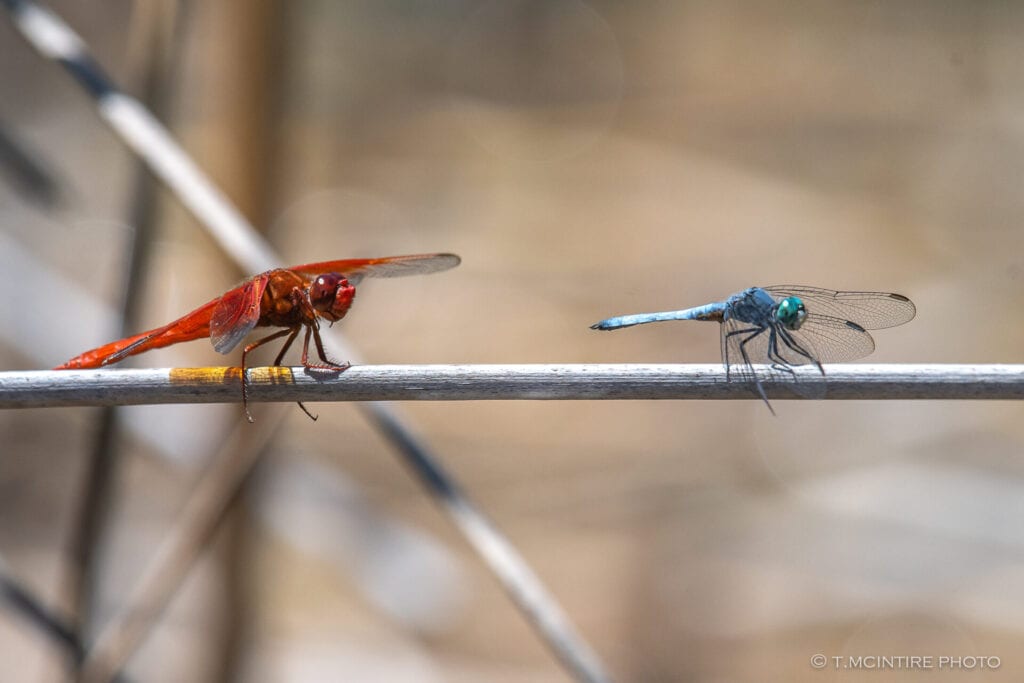
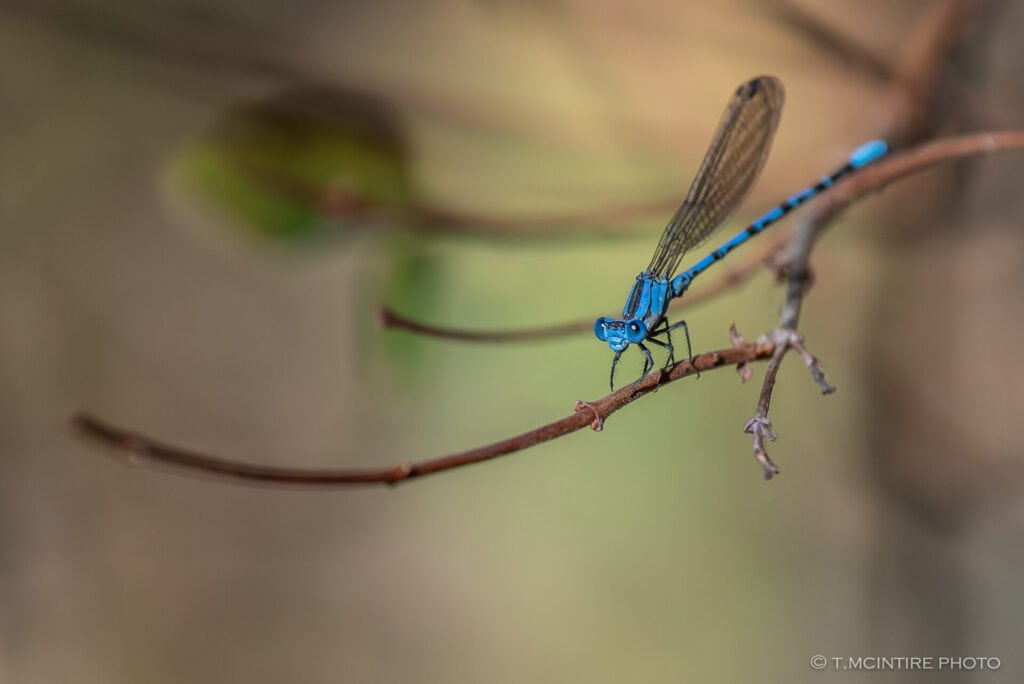
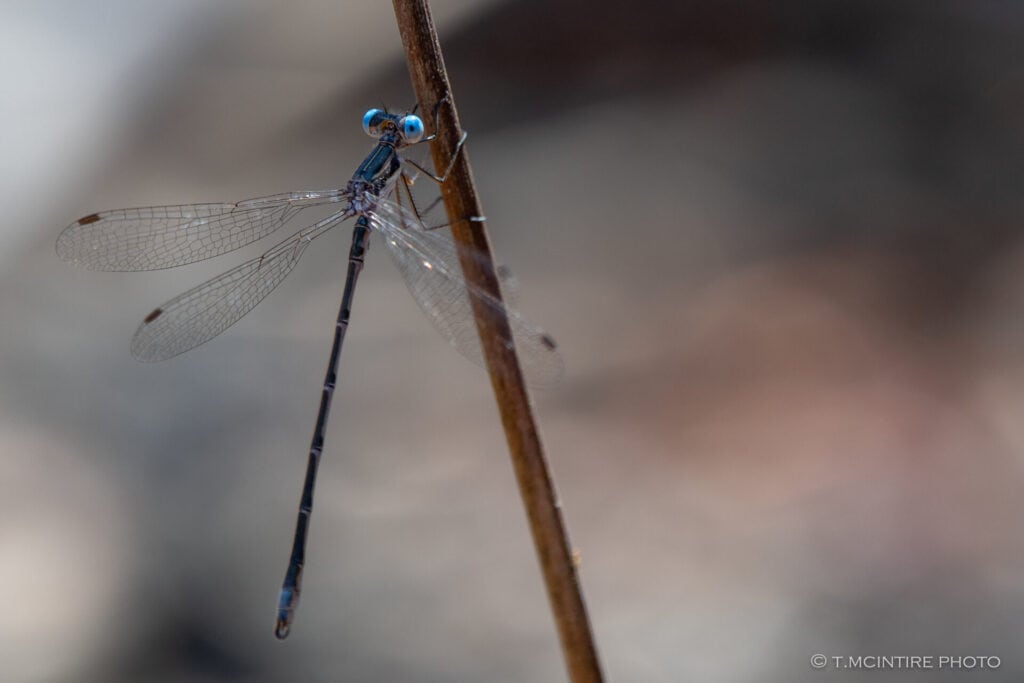
I claimed pandemic-brain and took it slow. Much of the information was relayed with the frustrating caveat of “…typically, but not always.” Some species were easy to remember as they looked like their name. Saddlebags were adorned with big black saddlebag patches on their wings. Eight and Twelve-spotted skimmers had a corresponding number of wing spots. Flame Skimmers and Cardinal Meadowhawks were indeed red!

Most impressive (and frustrating) were the monsters of the skies: the darners. Darned BIG! These giants never land, and thus I was forced to learn and photograph them in flight. For fellow photographers, you will understand when I compare the experience to “attempting” to photograph swallows. For every 500 shots, one may be in focus. I actually gave them a new, more appropriately “colorful” name for this very reason. It sure rolled off my tongue much more easily!
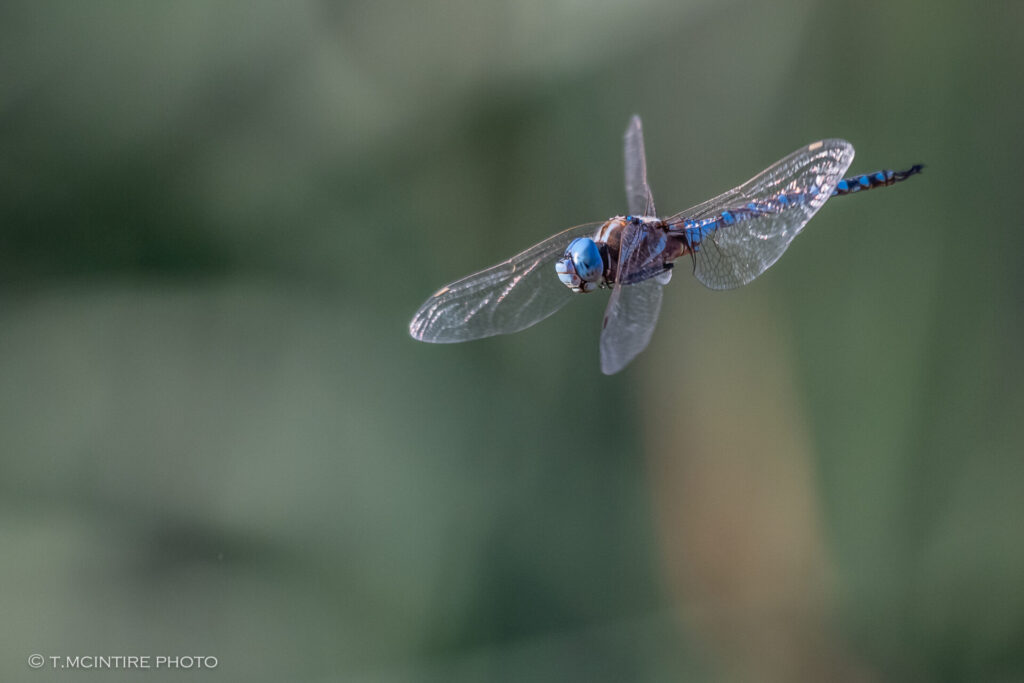
Things started to fall apart after that. I started referring to certain dragonflies as “short-butts” since I couldn’t remember “Wandering gliders” and they reminded me of sparrows that have lost their tails. This further devolved to “whoozie-whatzits” and “what-cha-ma-jiggers” but I just kept clicking away, accumulating a vast catalog of photographs that I am still working to identify today. Just one more reason cameras are great identification support tools!

At the end of the day, it doesn’t matter that I made up names (and will continue to do so) or don’t remember all of their physiological differences, habits, behaviors, or migratory patterns. It also doesn’t matter that household chores will be left undone until winter. (I can live with that.) What matters is that I’m paying attention, learning, sharing, and hopefully luring others to do the same. I am grateful for this “detour” and am eagerly awaiting the spring return of dragonflies (and damselflies). I will forever make space for them in my avian excursions and my brain. Maybe you will too.
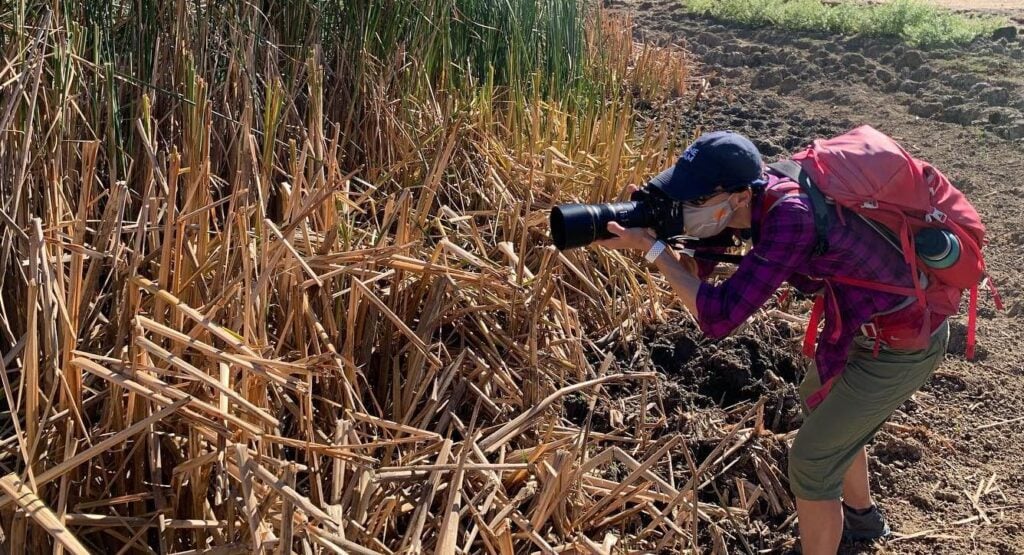
Tara McIntire is a Bay Area birder, Golden Gate Bird Alliance member, Master Birding class graduate, and Denise Wight “Birding By Ear’”disciple, She led bird walks for the SF Bay Feminist Bird Club before the shelter-in-place order. She is also an avid amateur wildlife photographer who actively promotes and practices ethical and conservation photography. This is the third blog post on “A World Exposed” that she has written since the start of Covid shelter-in-place rules: Read her others on jumping spiders and bees and other pollinators. All photographs are taken by the author © Tara McIntire (T.McIntire Photo). She invites you to follow her on Instagram @TMcIntirephoto.
